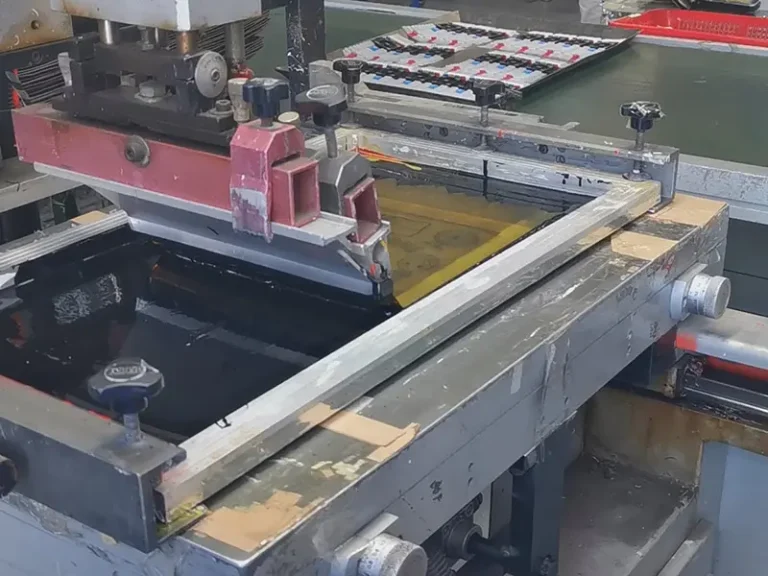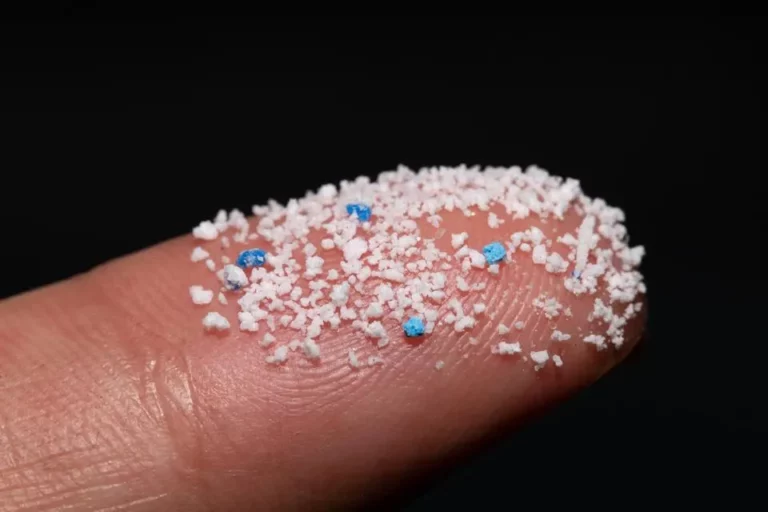Silicone beads have become increasingly popular in recent years, especially in products like teething toys, jewelry, and sensory items. As a reseller, it’s essential to understand the manufacturing process to ensure you offer high-quality, safe products to your customers.
In this blog post, we will provide an in-depth look at how silicone beads are produced, from silicone rubber raw material selection to finished beads.
1. Raw Material: Silicone
Silicone, a versatile synthetic material made from silicon, oxygen, carbon, and hydrogen, is the primary raw material used to create silicone beads. Known for its durability, flexibility, and non-toxic nature, silicone is an ideal choice for beads that may come into contact with infants and children. Additionally, silicone is easy to clean and can withstand high temperatures, making it suitable for use in various applications.
For silicone bead production, it’s crucial to select the appropriate grade to ensure safety and functionality. Food-grade silicone is a popular choice for teething beads, as it is non-toxic and safe for babies to chew on. This grade of silicone meets strict safety standards and is free from harmful substances like BPA, phthalates, and lead.

2. Colorant Selection and Mixing
To create colorful silicone beads, manufacturers use specially formulated colorants that are compatible with silicone materials. These colorants must also meet safety standards and be non-toxic. The colorants are mixed with the silicone during the production process to create a uniform color throughout the bead.
To ensure consistent and safe coloration, manufacturers carefully measure and mix the colorants with the silicone, following strict guidelines and industry standards. This process ensures that the finished beads have vibrant, long-lasting colors that are safe for their intended use.
3. Silicone Bead Molding Process (Curing)
Compression molding, on the other hand, involves placing the silicone material into an open mold cavity, which is then closed and subjected to heat and pressure. This method is typically used for less complex shapes and designs, during molding, the raw materials undergo a curing process to solidify and stabilize their structure.
Curing typically involves heating the beads to a specific temperature for a set period, allowing the silicone material to crosslink and form a stable structure.
4. Post-Curing
After curing, some silicone beads may undergo post-curing treatments to enhance specific properties, such as durability and surface finish, and mostly to meet the strict FDA or LFGB standards. These treatments can include additional heating processes for hours to improve the beads’ overall quality and performance.
5. Pattern Printing
There are various printing technologies to make silicone beads unique, including:
- water transfer printing
- silk screen printing
- digital full color prinrint

6. Quality Control and Testing
Quality control is a vital aspect of silicone bead manufacturing, ensuring that the final products meet safety and performance standards. At SANNYIN, we implement various quality control measures throughout the production process, such as visual inspections, dimensional checks, and material testing.
Finished silicone beads also undergo rigorous testing, including mechanical tests to assess their strength, flexibility, and resistance to wear, and chemical tests to ensure they are free from harmful substances. These tests help ensure that the beads meet international safety standards and certifications, providing resellers and their customers with peace of mind.
7. Packaging and Shipping
Proper packaging is crucial to protect silicone beads during transit and storage. Manufacturers typically package the beads in sealed, airtight bags, containers or customized packages to prevent contamination, damage, or deformation.
Shipping considerations for resellers include factors such as cost, lead time, and the reliability of the shipping service. It’s essential to balance these factors to ensure customer satisfaction and maintain a competitive edge in the market.
Conclusion
Understanding the silicone bead manufacturing process is essential for sellers, allowing them to offer high-quality, safe products to their customers.
From raw material selection to molding, curing, and quality control, each step plays a vital role in creating silicone beads that meet safety standards and perform well in their intended applications.
By partnering with reputable manufacturers and staying informed about production processes, customers can provide their clients with the best silicone bead products available.
Latest Manufacturing Technology for Silicone Beads
There is another NEW production technology to make multiple colors integrated on one silicone bead, like letters or numbers, or even coloful rainbow.
We will introduce this technology in the next blog post, please stay tuned.









